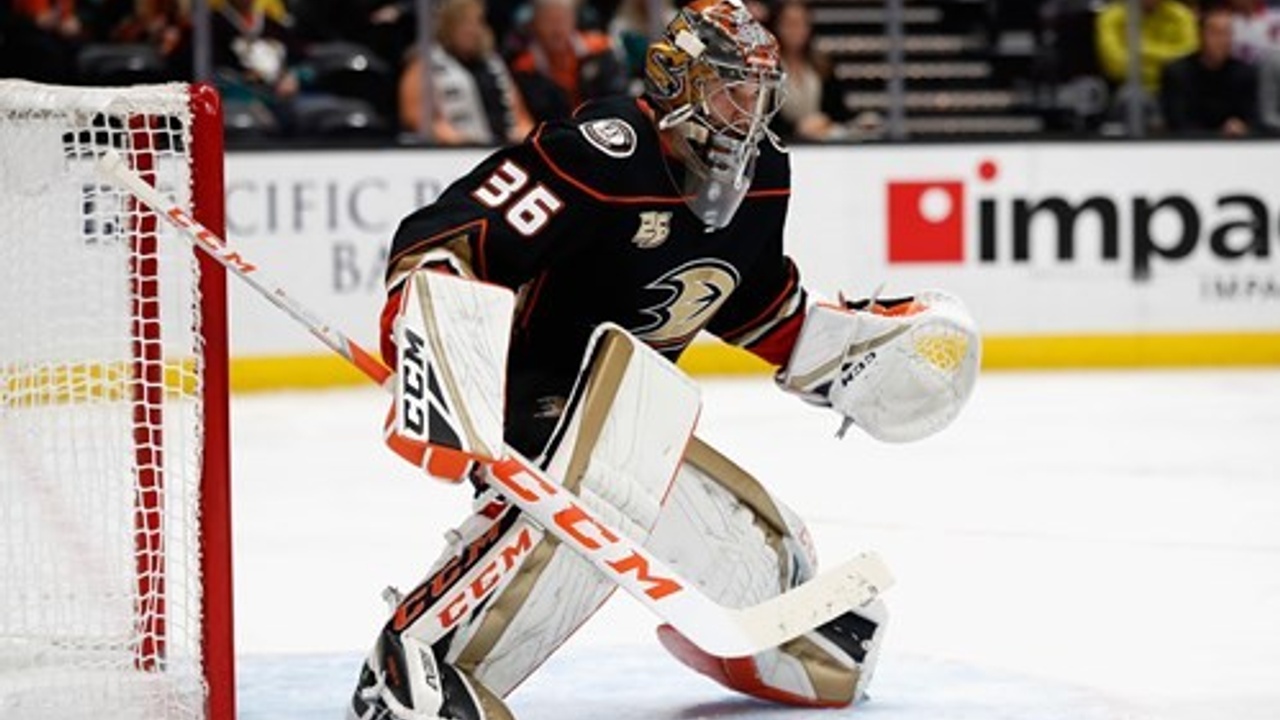NHL19 + STEM? That's Correct!
Mar 15, 2019
In NHL19, the newest iteration of a long-time EA favorite, the actual science and math that underlies the game of hockey takes center ice. In education today, science and math learning are often included under the umbrella of STEM. While the acronym stands for science, technology, engineering, and mathematics, there’s much more involved. The Orange County Department of Education, a partner of NASEF, defines STEM as a process-oriented approach to learning that includes a focus on content knowledge, skill development, and ways of thinking that empower students to lead.
From a game engine that provides more realistic gameplay on the ice, to backend data and statistics that delight the most number-crunching of fans, it is NHL19’s use of STEM that makes the game both a fantastic new past-time as well as a relevant educational tool.
Photo by Anaheim Ducks.
NHL19 features an updated game engine that models real-world physics-based interactions. For example, when players collide on the ice, realistic sounds are accompanied by onscreen interactions that are based on mathematics and physics’ laws of motion. This means that when the 260 pound Dustin Byfuglien collides with the much smaller 165 pound Johnny Gaudreau, the outcome of their collision matches what you would see on the ice. The same game engine that governs on-ice collisions, also dictates how the puck behaves in NHL19. This is important for players because, as they’re learning the new in-game mechanics, the game identifies optimal shooting angles and in-net targets.
Additionally, NHL19 features the ability for players to create new virtual players, lines, and teams. Players can be created from scratch, or based on actual athletes from hockey leagues around the world. In building their teams, NHL19 players have to apply engineering design principles to develop the best team possible while staying within certain parameters, notably the team salary cap. Auto-play features enable NHL19 players to set-up hypothetical matches to test for a team’s winning potential. Teams can then be modified again and again based on their overall performance and new players may be added to rosters to compensate for team weaknesses.
Photo by Anaheim Ducks.
At the conclusion of each NHL19 match, players are provided with updated statistics reflective of their virtual team’s performance. This data, when carefully analyzed and interpreted, can help inform future strategies and game play much in the way that NHL teams’ Hockey Operations department analyze NHL gameplay. Indeed, the future of NHL hockey is data-driven and the STEM connections to the game are inescapable. The NHL is currently piloting the use of chips and sensors on players and in pucks to gather data that can be used to improve gameplay and increase the team’s odds of winning the Stanley Cup.
As you can see, NHL19 reinforces a variety of STEM skills while students are immersed in the game. For students who are interested in other aspects of esports, NASEF is offering a series of Beyond the Game challenges that also tap into students’ creative sides. Whether involved in or out of the game, students will both enjoy and learn throughout NASEF’s NHL19 season.
